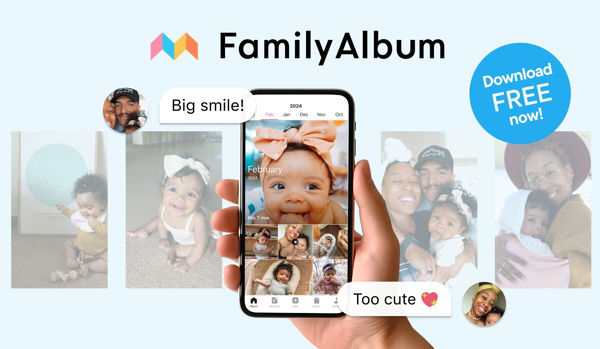Baby signing is one of the most popular activities you can do with your little one and it’s easy to see why. The benefits for both parents and children are plenty - the most obvious being that it gives your baby the ability to communicate with you much earlier than they would ordinarily.
Being able to express their thoughts, feelings, when they are hungry or tired, or simply just when they need a hug, boosts self-esteem and confidence not only for them, but for you too. The ability to 'chat' with your little one encourages secure bonding and attachment to form, for both of you and this is vital to raising emotionally healthy infants.
Parents who sign with their babies will be given an insight into just how intelligent babies really are - their level of understanding from just a few months of age can be astonishing and watching their ability to communicate with you grow over time is incredibly rewarding.
There is now about two decades worth of studies supporting the use of baby signing. One of the most important studies conducted, showed 24-month-old babies to have more than a 3-month speech advantage over their peers. A year down the line, the trend continues - 36-month-old toddlers who signed as babies were talking like 47-month-olds - almost a year ahead of the average non-signing toddler.
When to Start
Getting started with baby signing can feel daunting, but it doesn't need to be. Anyone can start signing with their baby at home. There is always a period of 'teaching' when you begin, though most parents start their journey when their little one is around 6 to 8-months old.
The advantage of starting then, is that you are likely to see engagement with signing relatively quickly, yet baby is still young enough to ensure you'll be using the sign for a while yet until they talk.
Indications that your baby is ready to start signing include:
- Pointing to things.
- Watching an object in your hands.
- An interest in picture books.
- Shaking/ nodding their head to mean yes or no.
Starting points for signing
- Start with signs you know you'll use a lot e.g., 'eat', 'drink', 'tired' and 'mummy'.
- Try and incorporate a couple of safety signs e.g., 'hot' and 'hurt'.
- Choose signs for words your baby can't say yet e.g., 'toothbrush' and 'cat'.
- Pick some signs to avoid frustration e.g., 'more', 'all done' and 'please'.
- Involve everyone in the house who cares for/interacts with baby for consistency.
Communicating with your baby as they start to figure out the world around them brings immense pleasure to both you and them - and the fun element of signing is undoubtedly why so many parents across the world are choosing to explore their baby's in-built desire to communicate.
Learning to sign with your baby can have so many benefits that last long after childhood. Why not sign up to Let's Talk Birth and Baby Sign Workshop to get a head start?





